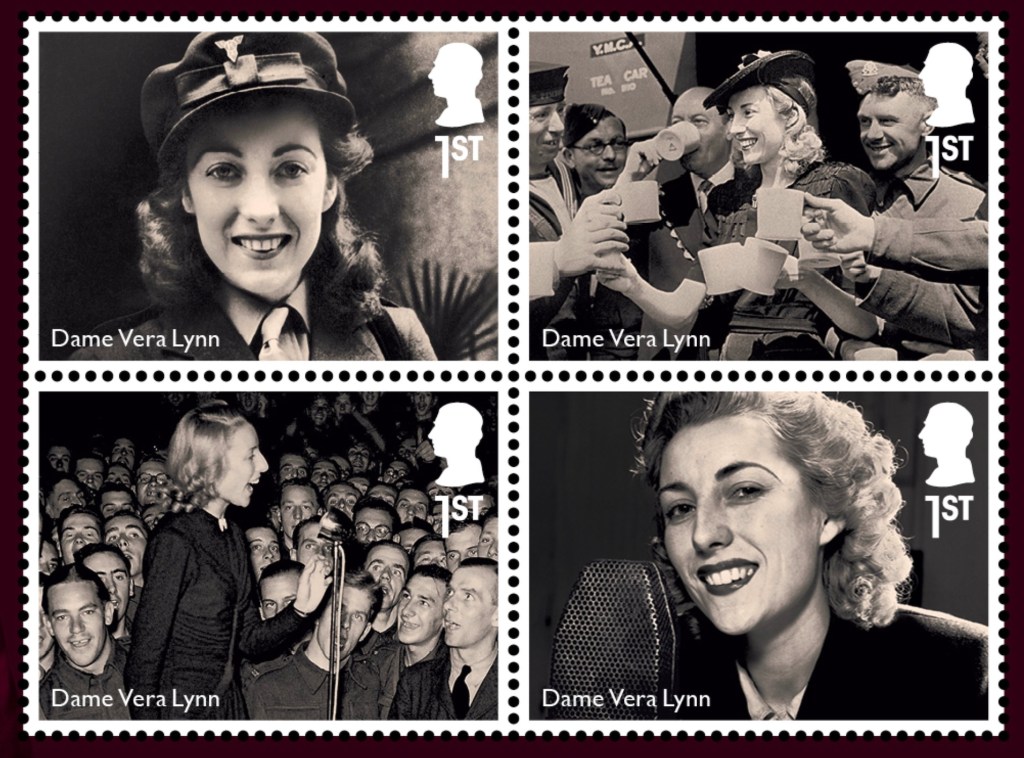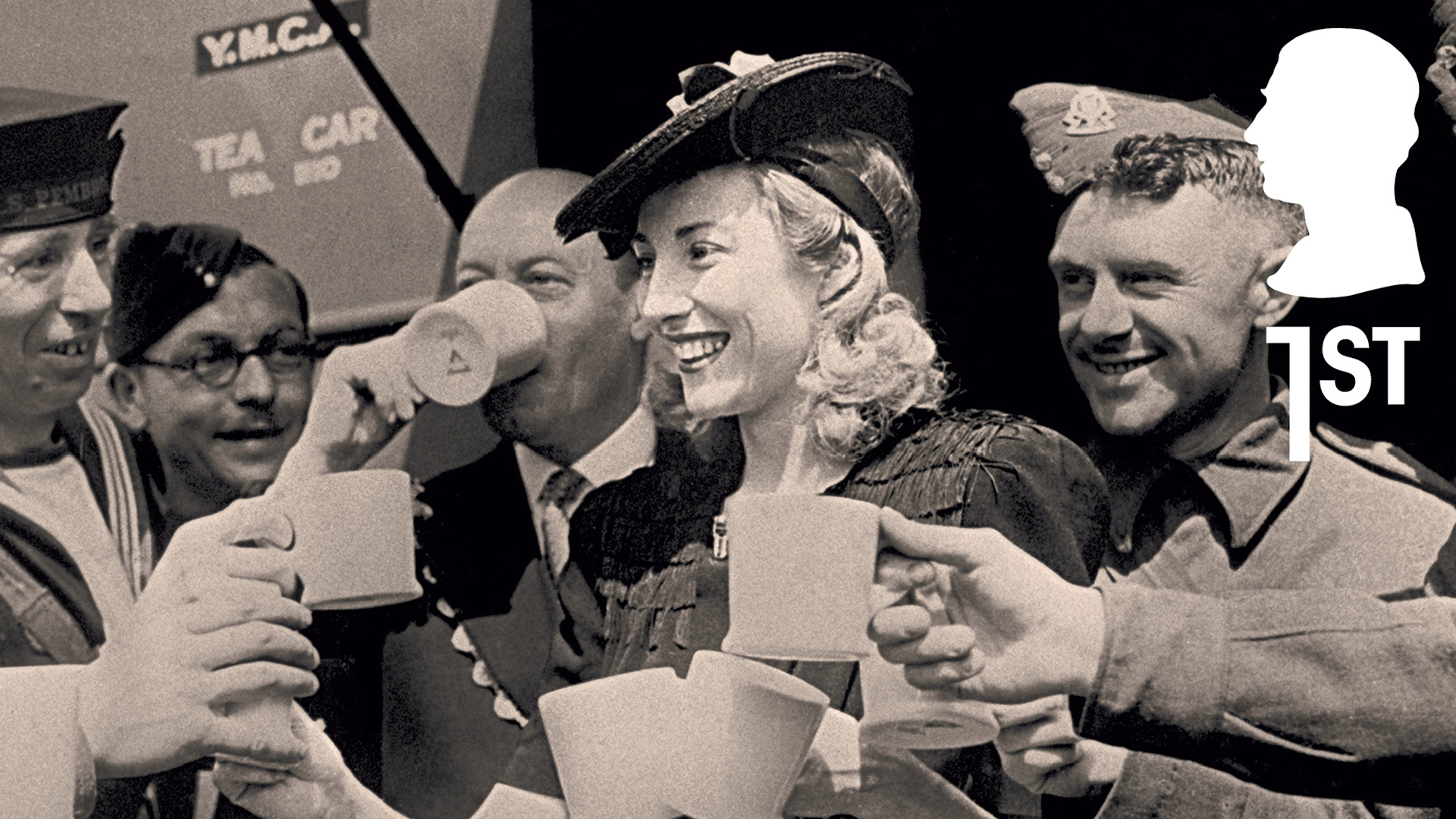The Royal Mail has issued a set of commemorative stamps to mark the 80th anniversary of VE Day on 8 May. The ‘Valour and Victory Presentation Pack’ features ten men and women whose courage and determination, in the words of Royal Mail, ‘helped shape the outcome of the second world war’.
Another criteria in selecting the ten was ‘diversity’. One or two curmudgeons on social media have muttered about ‘wokeness’, but that is unjust. For many decades, the valiant contribution of Indians, Nepalese and West Indians to the war effort was overlooked or, worse, airbrushed out of British history books. So well done to the Royal Mail for including in its ten ‘true heroes’ Bhanbhagta Gurung, who was awarded the Victoria Cross serving with the Gurkha Rifles in March 1945; Trinidadian George Arthur Roberts, the first black man to join the London Auxiliary Fire Service in 1938; and fighter pilot Mahinder Singh Pujji, one of the first Indian Sikhs to volunteer for the RAF.
If there is a complaint to be made about the Royal Mail’s selection it’s the emphasis on the Home Front. Codebreakers, nurses, firefighters, instrument repairers and civil engineers performed invaluable work during the war, but was it valorous – defined in the dictionary as exhibiting ‘great courage in the face of danger, especially in battle’? Flying a Lancaster bomber was, yet Bomber Command has been overlooked by the Royal Mail. Some 125,000 air crew served in Bomber Command during the war and 55,573 lost their lives, the highest attrition rate of any Allied unit.
Similarly, it is disappointing that the face of a merchant seaman has not been immortalised on one of the stamps. Nearly 5,000 British-flagged ships were sunk during the war (at a cost of 29,000 lives) as the Merchant Navy strove to prevent the country being deprived of essential supplies. As Winston Churchill declared in January 1942: ‘But for the Merchant Navy who bring us the food and munitions of war, Britain would be in a parlous state.’
This is not the first time that the Royal Mail has issued a set of stamps to mark VE Day. It did so in 1995 and on that occasion four noteworthy wartime figures were chosen, two of whom are also featured in 2025. One is Violette Szabo, the secret agent who parachuted into kccupied France and was subsequently murdered by the Nazis. The other is Vera Lynn. In fact, in 2025 the Royal Mail has given the late Dame Vera four stamps to herself because she was ‘a beloved national icon who uplifted British troops and civilians during the second world war’.

Before I continue, let me state that I took tea and cake with Dame Vera at her home in Sussex in 2004. I was researching a book about the London Blitz and I had written to her requesting an interview. She was delightful, a down-to-earth woman unspoilt by fame.
I think she would be embarrassed to have four stamps to herself. One would be nice but why not a Dambuster, a Desert Rat and a merchant seaman on the others? Because might not that risk glorifying war? There is a certain type of Briton who baulks at the reality of war. It is a bloody business. It entails bayoneting the enemy and dropping bombs on their cities.
I yield to no one in my admiration of Dame Vera, but over the decades her wartime contribution has been embellished
When the Royal Mail issued its 1995 stamps they featured Dame Vera, Szabo, the plastic surgeon Archibald McIndoe and the aircraft designer R.J. Mitchell. Not one infantryman, airman or sailor. McIndoe and Mitchell were brilliant in their fields, but the war was won by young men in planes, ships, tanks and infantry regiments. That has been rectified to an extent in 2025 – one of the ten was a commando and another served on HMS Belfast – but still the obsession with Dame Vera.
I yield to no one in my admiration of Dame Vera, but over the decades her wartime contribution has been embellished. She owes her fame more to the 1950s – a period she admitted was more productive than the wartime years – when television established itself as the new medium for the masses, and there was a huge demand for variety shows.
During the war she was not the ‘Forces’ Sweetheart’ of popular legend. She was in later years, when she began performing at 40th and 50th anniversary concerts, but during the war her songs weren’t that popular with the fighting men. I know because dozens of veterans I interviewed told me. They considered her songs bland and sentimental. Instead they tuned into American music, available on the American Forces Network. The request show Duffle Bag was a particular favourite. Here they could listen to the likes of Duke Ellington, Count Basie and Benny ‘The King of Swing’ Goodman. They were more popular than Vera Lynn, whose songs resonated more with wives and sweethearts left behind in Blighty.
British soldiers were in general a hard-bitten and cynical breed, not much interested in songs about bluebirds over the white cliffs of Dover. They were also brave and determined, and it was the British Tommy more than any singer who ‘helped shape the outcome of the second world war’.








Comments